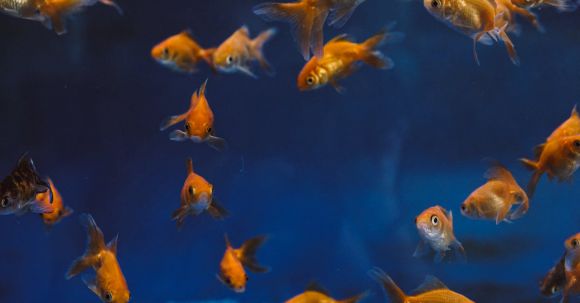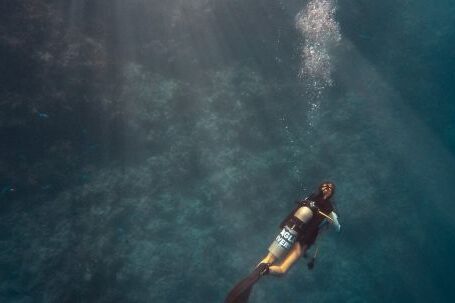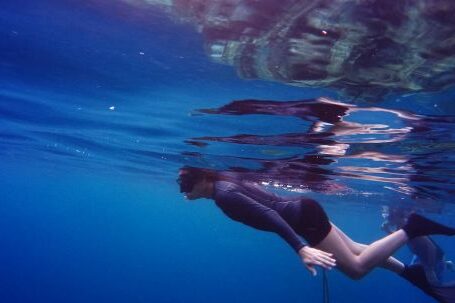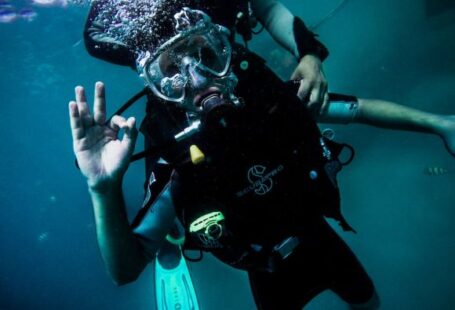Capturing breathtaking underwater footage is a dream for many filmmakers and photographers. The vibrant colors, unique marine life, and ethereal beauty of the open water provide an endless playground for creativity. However, shooting in open water comes with its own set of challenges and requires careful planning and preparation. In this article, we will explore the techniques and equipment necessary to successfully shoot in open water and create stunning visuals that will leave your audience in awe.
Understanding the Environment
Before diving into the depths, it is crucial to have a thorough understanding of the underwater environment. Unlike shooting in a controlled setting, open water presents unpredictable conditions such as currents, visibility, and lighting. Conducting thorough research on the location, weather conditions, and marine life will help you anticipate and adapt to these challenges.
Choosing the Right Equipment
Investing in the right equipment is key to capturing high-quality underwater footage. A durable and waterproof camera housing is essential to protect your gear from water damage. Additionally, using a wide-angle lens will allow you to capture the vastness of the underwater world and create a sense of immersion for the viewer. Consider using a stabilizing device, such as a tripod or gimbal, to minimize shaky footage caused by the water currents.
Mastering Buoyancy Control
Achieving proper buoyancy control is crucial for smooth and steady shots underwater. Neutral buoyancy allows you to effortlessly glide through the water while maintaining stability. Practice controlling your breath and movements to achieve this balance. Additionally, using buoyancy control devices, such as a buoyancy compensator or weight belt, can help fine-tune your buoyancy and ensure optimal shooting conditions.
Utilizing Natural Light
Lighting plays a vital role in underwater cinematography. In open water, the intensity and direction of natural light can vary greatly depending on the time of day and weather conditions. Utilize the golden hours, early morning or late afternoon, when the light is softer and creates a warm, magical atmosphere. Experiment with different angles and perspectives to take advantage of the light filtering through the water.
Harnessing Artificial Lighting
In some cases, relying solely on natural light may not be sufficient to illuminate your subject properly. Underwater, the color spectrum changes drastically, with reds and oranges disappearing at deeper depths. To counteract this, consider using artificial lighting sources, such as strobes or video lights, to bring out the true colors of the underwater world. Be mindful of your subject’s distance and adjust the intensity of the light accordingly to avoid overexposure.
Composition and Framing
Creating visually captivating shots underwater requires careful composition and framing. Keep in mind the rule of thirds and leading lines to guide the viewer’s eye through the frame. Experiment with different angles and perspectives to capture the unique beauty of the underwater landscape. Incorporate elements such as corals, rock formations, or marine life to add depth and interest to your shots.
Safety First
While the allure of capturing stunning underwater visuals is undeniable, safety should always be the top priority. Ensure you are a certified diver with proper training and experience before attempting any underwater shoots. Familiarize yourself with emergency procedures and have a reliable dive buddy by your side at all times. Respect the marine life and their natural habitat, avoiding any disruptive or harmful behavior.
In conclusion, shooting in open water offers a world of endless possibilities for filmmakers and photographers. By understanding the environment, investing in the right equipment, mastering buoyancy control, utilizing natural and artificial lighting, and practicing composition and framing techniques, you can create stunning visuals that will leave a lasting impression on your audience. Remember to prioritize safety and respect for the underwater world, and let your creativity soar as you capture the wonders that lie beyond the reef.





